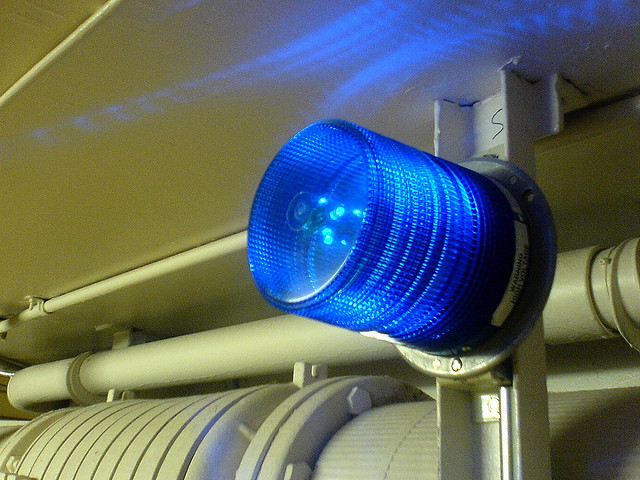
It goes without saying that well control is essential. When monitoring drilling, there are many different indicators that can be used to determine if the well may kick. A kick is a situation where the pressure inside of the drilled rock ends up being greater than the pressure of the mud pressure acting on the rock. If left uncontrolled this could lead to a blowout.
How do you know what indicators are positive evidence of a kick or what are warning signs? Let’s take a look.
Possible Well Control Indicators
Here are some of the possible indicators that the well may be about to kick. This means that the bore should be monitored closely to see if there are more signs that may be indicating a kick.
- Changes in the Mud Viscosity: Mud should remain mostly consistent during a drill. If there are changes in the mud, this could indicate that it is mixing with water or other chemicals. Things to look for would be a noticeable increase or decrease in the viscosity of the mud. Depending on the type of mud this could indicate fluids entering the wellbore.
- Changes in Mud Temperature: If the temperature of the returning mud is increasing this is also a possible indicator of well control. This can be difficult to monitor, however, because there are several other environmental conditions that can cause a temperature increase that has nothing to do with a kick. If you see an uptrend, remember to look for other causes before assuming a well control issue.
- Torque and Drag: An increasing trend in torque or drag could be an indication of kick. When drilling in shale fluid should not come back into the wellbore due to the porous nature of the shale. Drilling through shale into sand or carbonate can cause fluid to flow back into the wellbore. Careful monitoring of torque and drag will allow drillers to see if well control is needed.
- Change in Shale Density: Shale should increase in density the deeper you go. Keeping a plot of depth vs. shale density can be a good indication if positive pressure is about to cause a kick. If you see indications that shale is decreasing in density it may mean that there are high pressure zones that will require well control.
- Changes in Shape and Size of Rock: Drilled rock brought out of the well should be rather consistent in size and shape. If larger irregular pieces of shale start coming up out of the well, this could indicate a well control situation. Larger pieces will also require more torque to bring out of the well bore. A combined indicator like this may mean an underbalance condition.
Positive Well Control Indications
While the above indicators require more monitoring in order to determine what is about to happen, these are indicators that there is a positive pressure situation that requires immediate attention.
- Pipe Backflow: If a pipe is static, that means the pressure should be balanced. If there is flow back into the trip tank, this indicates pressure pushing into the pipe. This means that the well may need shut in.
- Pit Gain: The fluid system in a drilling rig is a closed system. Increases in the amount of flow will cause increases in pit level. This is an indication of increased pressure. Pit level monitoring systems will be able to help accurately determine if this is the case.
These are just a few of the indicators that can indicate possible or positive well control. For a more comprehensive list check out this article.